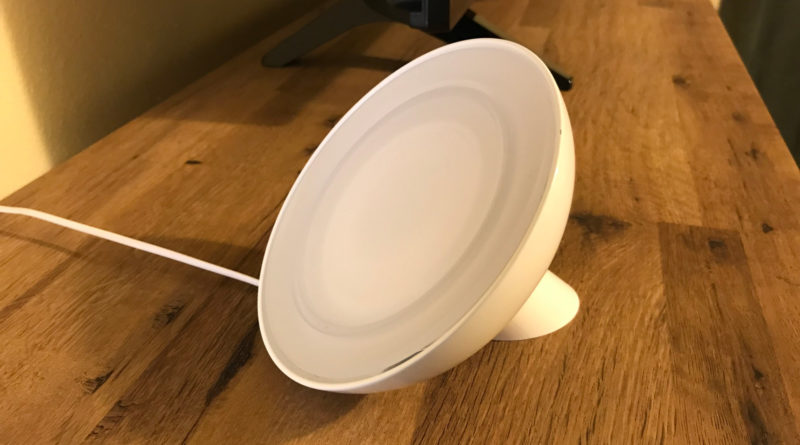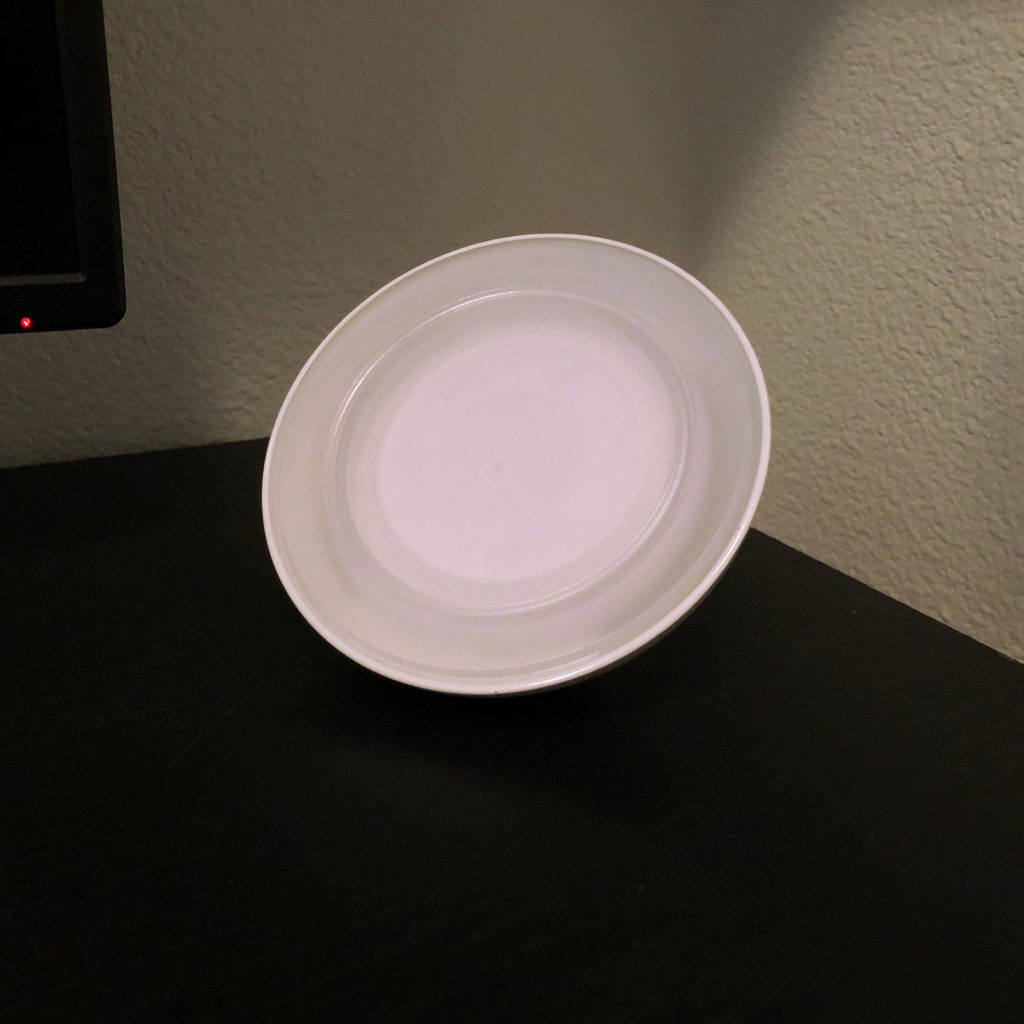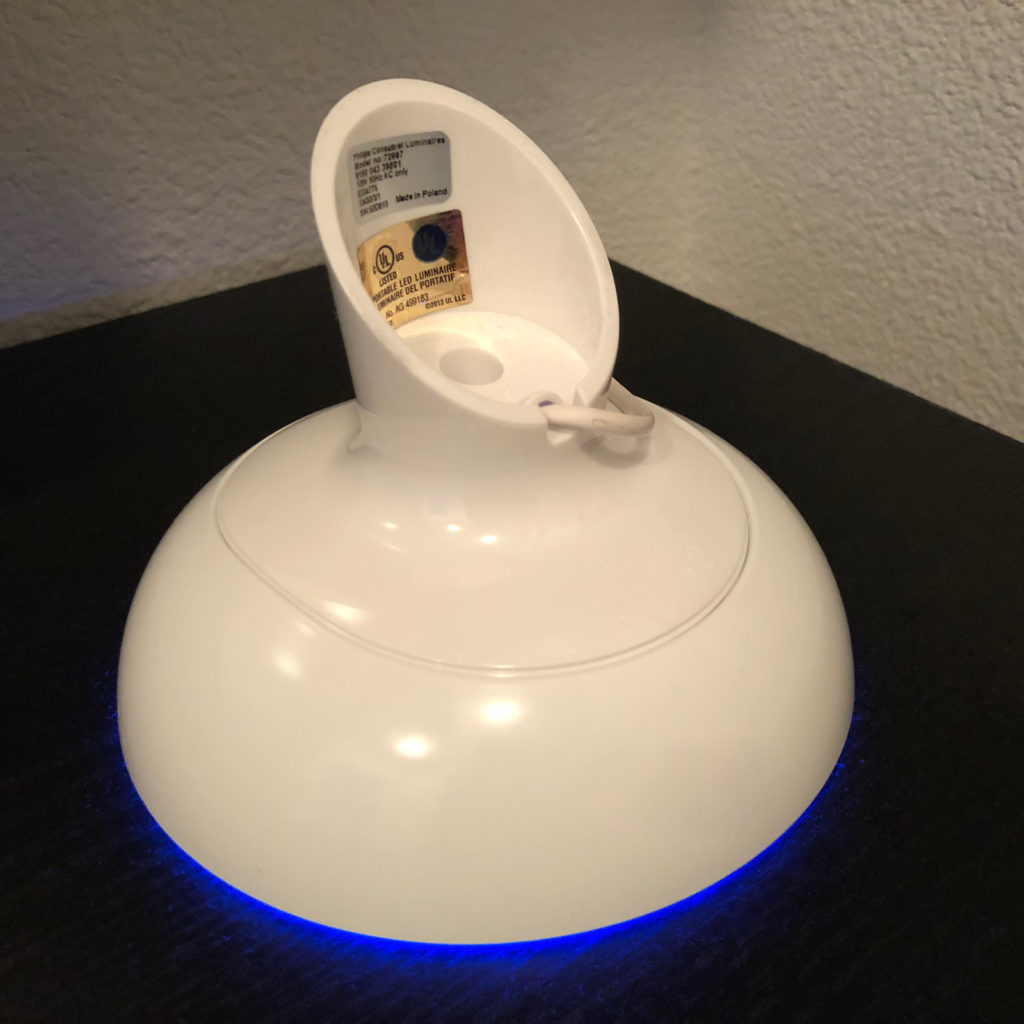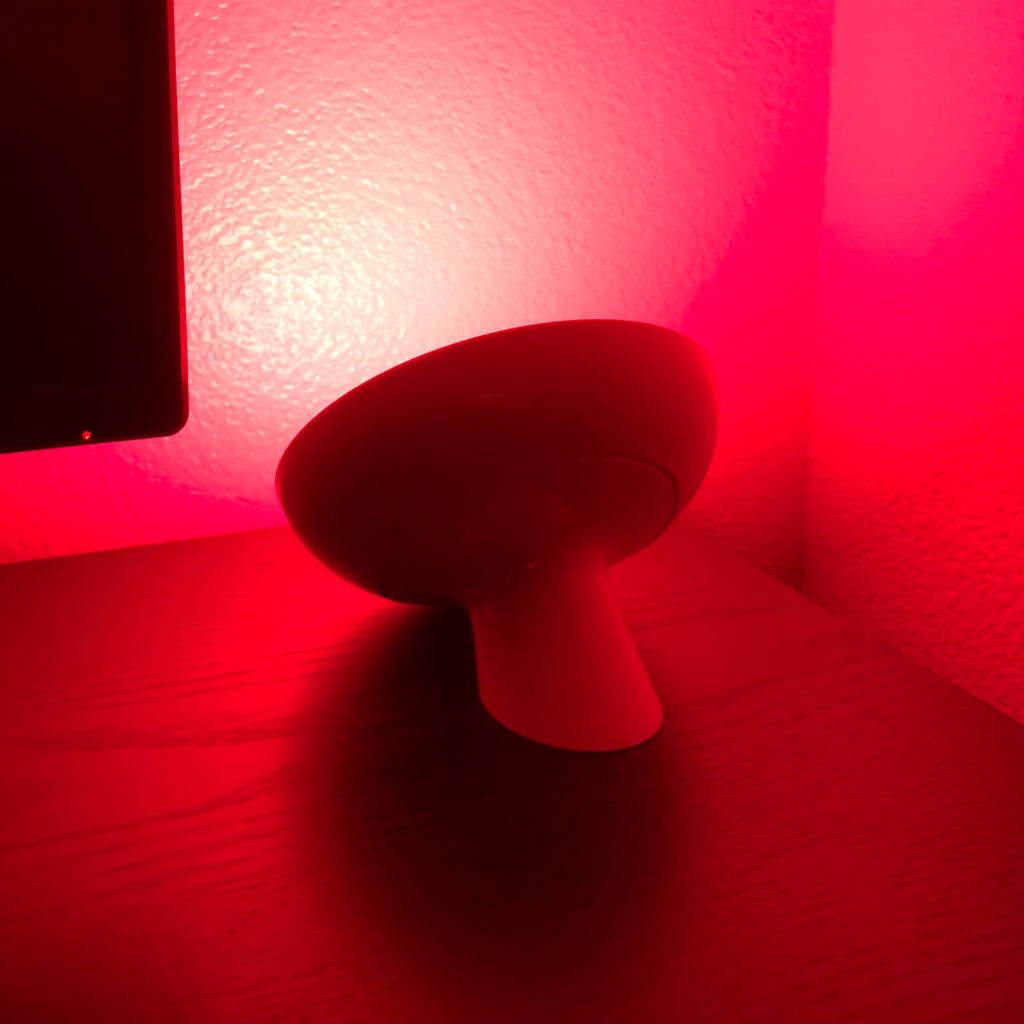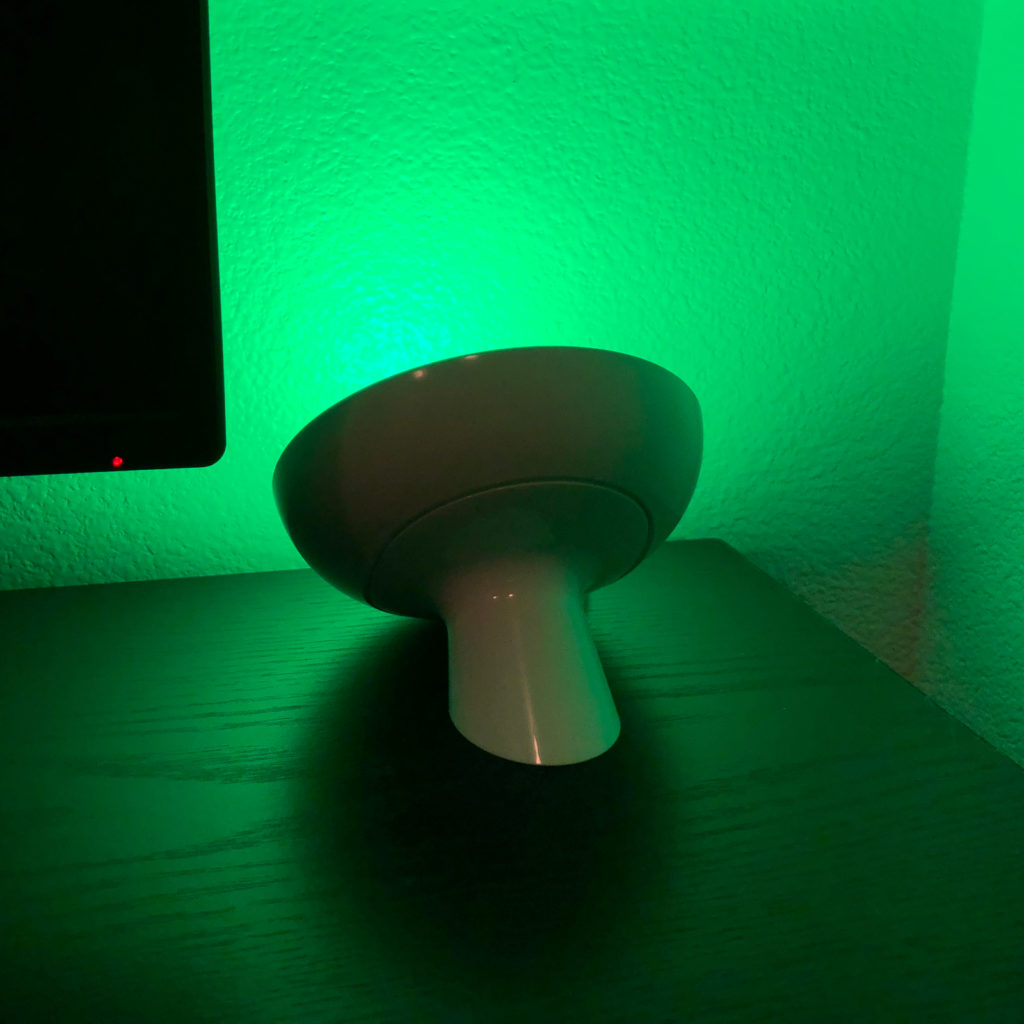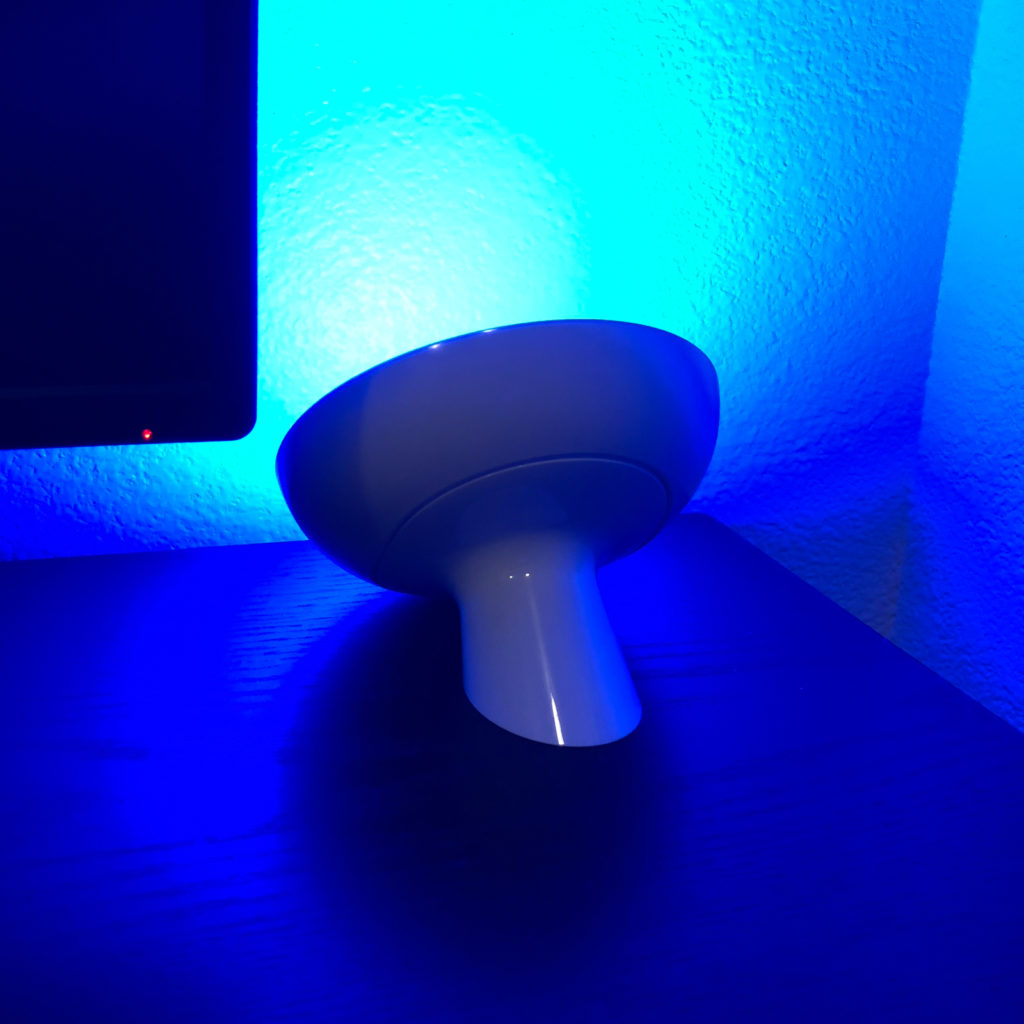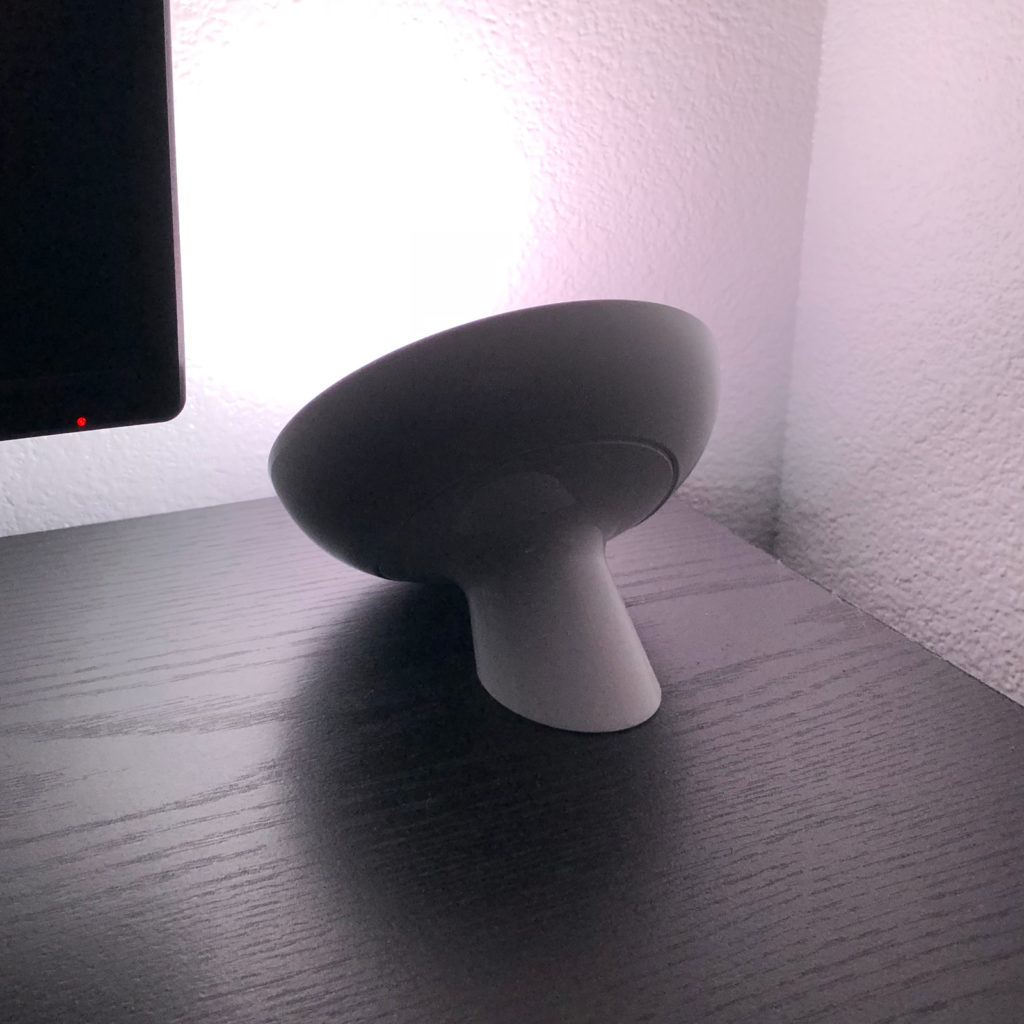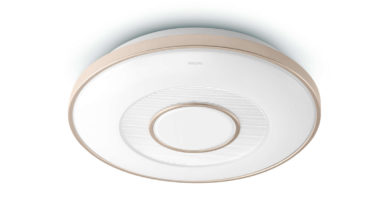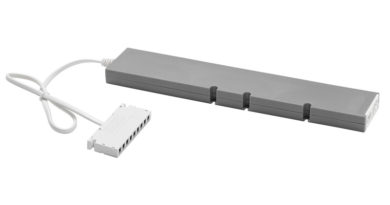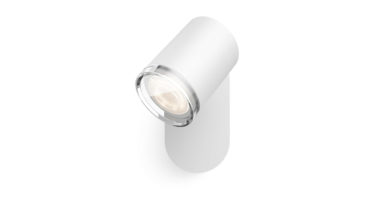Philips Hue Bloom (review)
The Philips Hue Bloom, originally released way back in 2013 under the Friends of Hue line, was the company’s first attempt at devices outside of white and color changing app controlled smart light bulbs. The Bloom was designed as an easy-to-use, plug and play solution for those just looking to add some ambient lighting to the Hue systems in their home. The device was also a pioneer in the growing bias lighting space, as its design was perfect for placing behind a television. Philips has continued to sell the Bloom to this day, and despite only a minor change to the way the cord is attached to the base as its only physical change, the company continuously updates the capabilities of the device, adding HomeKit, Alexa, and Google Assistant support over the years. We have had a the Bloom in my household for about 3 years now, and it really is surprising to think just how many use cases that we have it for. From the aforementioned bias lighting behind our living room tv, to things such as night-time path lighting underneath a bed, a visual aid to help our child know when it is still time for sleeping, or for just having it in a room for mood lighting. The Hue Bloom has been a reliable, nice to have device that we have definitely gotten our monies worth out of.
Since the Hue Bloom is meant to provide accent or indirect lighting to a room, the unit is designed accordingly. This means that the design is unique in that it is intended to provide color towards another object, such as a wall or piece of furniture. The frame of the unit features a mix of white aluminum and plastic, with a semi-transparent diffuser covering the light inside. The device is compact, with a footprint of 4-5 inches in height and width and weighs just under one pound. The Bloom does not have any buttons or switches at all, which allows it to have a very clean appearance with only the power wire coming out of the unit. Power for the unit is provided by a four-foot, non-removable cord with a transformer on the plug end. Speaking of non-removable, the base of the Bloom also cannot be removed without taking the lamp apart (which could be warranty voiding), meaning what you see is what you get and potentially limiting where it could be placed. The base does feature a small cut out for the power wire to be run through, but I found that the notch did not hold the wire in place very well, with a slight bump causing the wire to move. It should also be noted that the wire is meant to run towards the diffuser, and not out of the “back” of the base. Once unboxed, the device is ready to use, no assembly is required, and all that is needed is to plug it in to a power outlet. Plugging in the light for the first time will instantly turn it on and it will be set to the default color, which is similar to a sunset. After unplugging and plugging in the unit, it will power on to the last brightness and color that was set.
Pairing the Hue Bloom follows the same simple procedure as pairing a Hue light bulb since there is no physical buttons or switches on the device itself. After plugging in the hue bloom, the device will be found by the Philips Hue App, where additional details, such as the device name and room location can be added. Once the Bloom is added to the Philips Hue App, the device will appear in the native iOS Home app if you have the second generation Hue hub. In the Home app, the device functions like any other HomeKit light or light bulb. This means that the device can be set to a wide range of colors, brightness levels can be adjusted, and it can participate in scenes and automations. Also in the Hue app, additional scenes that are not available through HomeKit, such as sunrise and sunset can be found, adding yet another way that the Bloom can be used, as a wake up light.
As previously mentioned, the Hue Bloom is designed to be an accent or in-direct light, that adds a small splash of color to wherever it is placed. With this in mind, the Hue Bloom was not designed to be the brightest color lamp out there, in fact, the total output for the device is only 120 lumens. Placing the Bloom in spots such as behind a tv and pointed towards a wall are the best fit for the device, and should only be purchased with this limitation in mind as it will not work well as a room lamp. The Bloom is capable of up to 16 million different colors, but I found that (similar to first generation hue bulbs) blues and greens were not its strong suit, but it is definitely not a deal breaker by any means. The bulb inside of the unit is rated by Philips as having a lifetime of up to 12,000 hours so it should provide years of use, but again, the light inside of the unit is not designed to be replaceable. I should also mention that this device is not suited for wet or damp environments, as it features no water protection at all, other than the enclosed nature of the light itself. On the performance and reliability side of things, the Bloom was fast and always responded to commands sent via the Hue or Home app, just like all other hue products, thanks to the Zigbee connection to the Philips hub.
At the end of the day, the Hue Bloom is a simple, plug and play solution for those looking to quickly add a splash of color to any room, or for an easy way to add bias lighting behind your TV. The flexibility that the Bloom offers is still surprisingly rare in the IoT space, as many manufacturers opt for either general purpose bulbs, or speciality devices. While it has its drawbacks, such as the low lumen output or the slightly limited blue and green colors, or even just the price when compared to competing things in the lighting market, the Bloom is still a good addition for anyone that is already in the Hue ecosystem.

